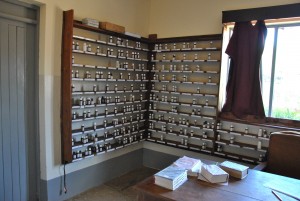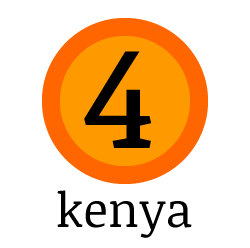What is Traditional and Complementary and Alternative medicine?

What is Traditional Medicine and its relationship to Complementary and Alternative Medicine (CAM)
Traditional Medicine is the term to describe the use of natural forms of medicine, mainly herbal or plant medicine, that have been part of a community and country’s culture for many generations. It reflects the passing on of traditional knowledge through the generations. Before modern medicine was available, it was the form of medicine used and practiced in most countries. Traditional healers, midwives and leaders in many communities all had this knowledge, which was simply part of one’s daily life. Some of this traditional knowledge was suppressed in many parts of the world, especially in parts of the colonized world and also in more modern times with the advent of modern medicine with its emphasis on medical drug therapies and the modern medical system. While many important medical advances have been made in recent decades and access to healthcare has improved, traditional forms of healing in cultures throughout the world are important to sustain and be integrated into a more comprehensive health care.
Some forms of Medicine under the umbrella of Complementary and Alternative Medicine (CAM), or simply known as Alternative Medicines can also be defined as traditional medicines, belonging to a particular culture or country. What they generally have in common is that they describe more natural forms of medicine and healing methods that generally work with the body’s own natural defenses, as opposed to drugs that work on the body. Complementary and Alternative Medicine describes forms of medicine that can work alongside or instead of conventional medicine. It is an umbrella term to define many forms of medicine widely used in the world. This includes Acupuncture, Ayurveda, Chiropractic, Herbalism, Homeopathy, Massage and other body therapy techniques, Osteopathy, Psychotherapy etc. Many of these forms of medicine use natural substances, manipulation techniques and nutritional/supplements and advice to support health. While there are some questions regarding the scientific evidence to support some of these therapies, an open mind has to be kept regarding their appropriate use and research should be done to give further validation. Also, some of these therapies are embedded in the history and culture of the countries they come from. Ayurveda for example comes from India and Acupuncture from China and these forms of medicine have been practiced for many hundreds of years. Therefore the historical evidence to support their use is very positive.
This is now being recognized in Kenya, which has passed a Health Act of 2017, which includes establishing a regulatory board to recognize the role of Traditional and Alternative Medicines in Kenya. It recognizes that the development of Medicine and the needs of the Kenyan people requires a recognition of an integrated approach to healthcare.
Medicine and Science are in a constant state of change and development and an integrated approach to healthcare should embrace the best of traditional and modern forms of healing.

